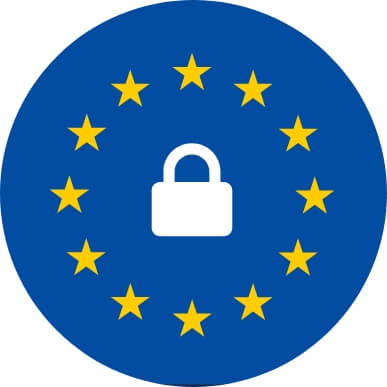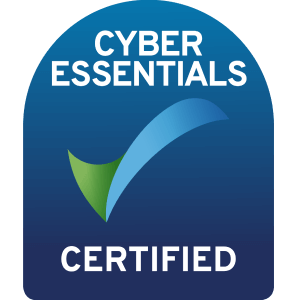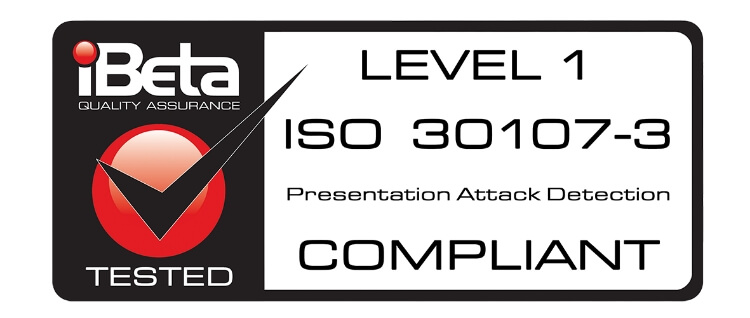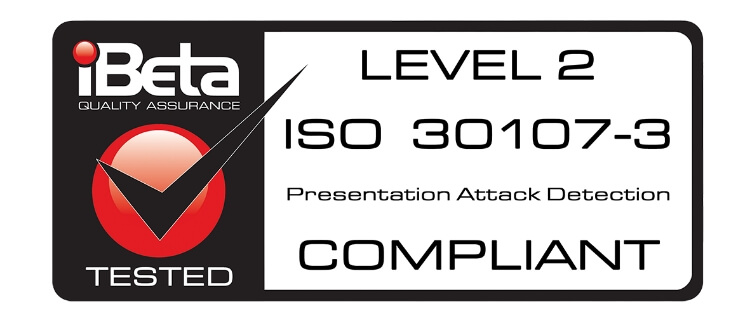Download our report about online fraud
How to keep your businesses and users safe: A comprehensive insight into the growth of online fraud. Discover the latest trends and get all the actionable insight you need to fight fraud, stay compliant, grow globally and build trust with your customers.
The economy is becoming increasingly digitized
Two-thirds of technology, media and telecommunications companies had experienced some form of fraud.
Techniques used by fraudsters are always evolving
As more of our lives become digitized, online fraudsters are constantly innovating and adapting their tactics.
Identity farming has become increasingly popular in recent years
We’re encountering more and more cases of individuals or groups creating numerous accounts on a large scale to engage in various forms of fraud.
Criminals aren’t the only innovators
Fraud prevention teams and anti-fraud solution providers all work tirelessly to address the problem.


verified on the first try
second verification
documents supported
languages & dialects

Compliant

Compliant

Certified

Certified

Certified

Level 1

Level 2

